 Blog
Blog Millennials vs Gen Z: Understanding the New Dynamics of Today’s Workforce
Millennials vs Gen Z: Understanding the New Dynamics of Today’s WorkforceMillennials vs Gen Z: Understanding the New Dynamics of Today’s Workforce
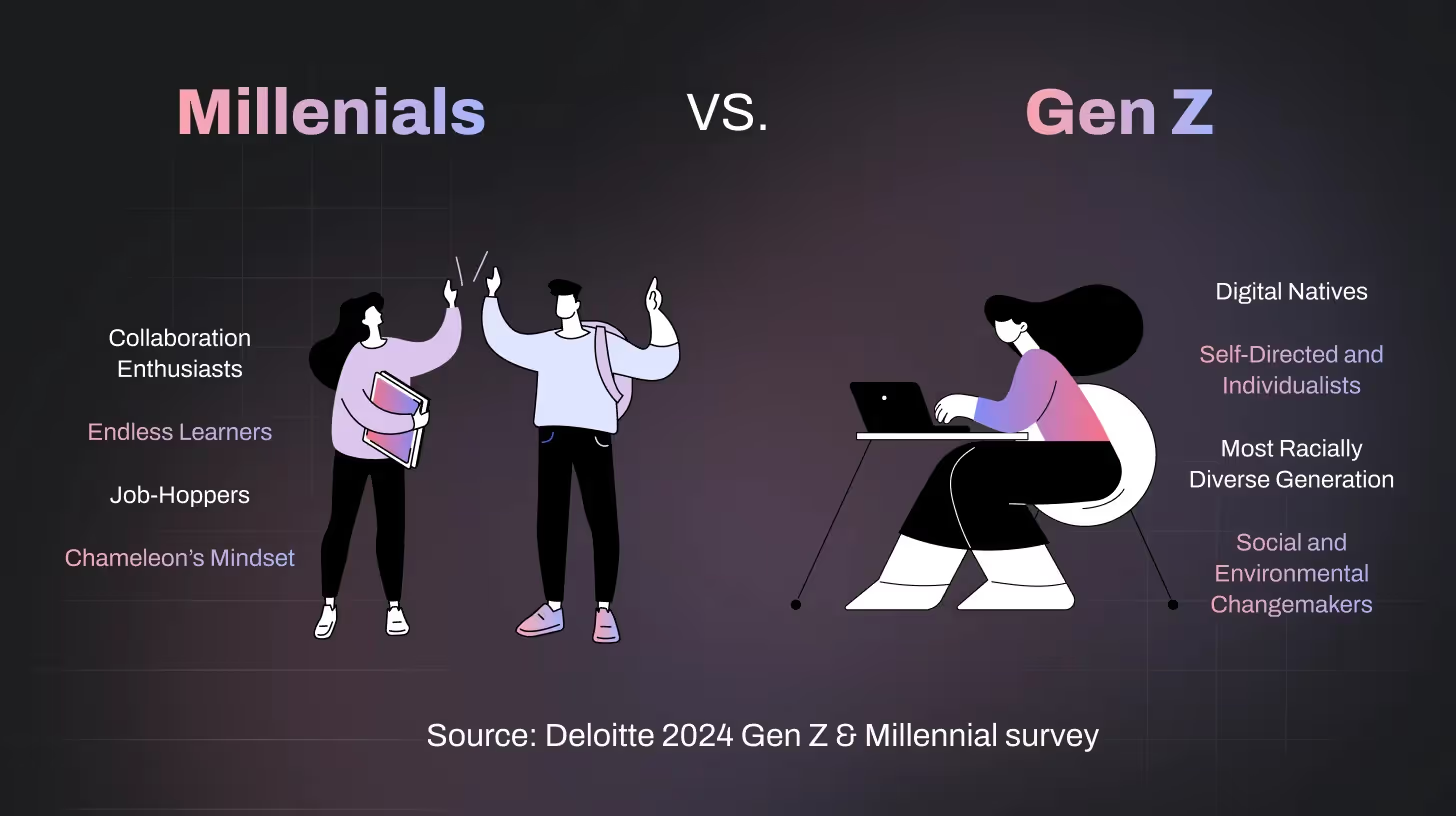
Walk into any modern office, and you will likely see two worlds working side by side. At one desk sits a millennial manager( organized, focused, with a career-oriented mindset). Across the room, a Gen Z teammate brainstorms creative ideas on Slack while sipping an iced coffee.
Born just a few decades apart, these two generations often approach work with distinct values, priorities, and expectations.
In this blog, we’ll explore how Millennials and Gen Z shape today’s workplaces, their values, motivations, communication styles, and approach to technology and collaboration. Backed by data from Gallup, Deloitte, and McKinsey, we’ll explore how understanding these nuances helps businesses create cultures that inspire both generations to thrive.
TL;DR — Executive summary
Millennials and Gen Z now make up the majority of today’s workforce, but while they share digital fluency and a desire for purpose-driven work, their values and motivations differ in key ways.
- Millennials (born 1981–1996) value stability, work-life balance, and purposeful careers. They seek mentorship, clear career paths, and companies that align with their social and environmental values.
- Gen Z (born 1997–2012) prioritizes growth, flexibility, and mental well-being. As true digital natives, they expect instant communication, continuous learning, and authentic leadership.
- Both generations want meaningful work and open feedback, but differ in how they express it: Millennials favor structured guidance, while Gen Z prefers real-time recognition and autonomy.
- Research from Deloitte, Gallup, and McKinsey shows that engagement levels for both groups are declining, highlighting the need for inclusive, purpose-driven, and hybrid work cultures.
- The key takeaway: Employers who balance structure for Millennials and freedom for Gen Z can build workplaces that attract, motivate, and retain both generations.
Understanding the Two Generations ( Millennials and Gen Z)
Before diving into how these Millennials and Gen Z shape the workplace, let’s first understand the unique characteristics of both generations.
Who are Millennials? (born 1981–1996)
Millennials, often called the “digital pioneers,” entered the workforce during major technological and economic change. They witnessed the rise of the internet, social media, and smartphones, but also lived through defining moments like the 2008 financial crisis and the early gig economy boom.
At work, they tend to appreciate collaboration, mentorship, and clear paths for advancement. They’re known for balancing ambition with empathy, often seeking companies that align with their values and offer meaningful impact.
According to Deloitte’s Millennial Survey, this generation prioritizes work-life balance, opportunities for continuous learning, and companies that take a stand on social and environmental issues. In short, Millennials want to grow not just professionally, but also personally, in workplaces that reflect their ideals.
Who are Gen Z? (born 1997–2012)
Gen Z, the first truly digital-native generation, grew up in a hyper-connected, mobile-first world. For them, technology isn’t a tool; it’s part of life. They’ve never known a workplace without instant messaging, collaboration apps, or hybrid work options.
Shaped by global uncertainty, social movements, and the COVID-19 pandemic, Gen Z values stability, inclusion, and authenticity. Research from Gallup and McKinsey shows that Gen Z workers crave open communication, mental well-being support, and a sense of belonging at work. They are more likely than Millennials to question traditional hierarchies and expect transparency from employers.
For managers, that means Gen Z thrives in cultures that emphasize feedback, mental health, and growth opportunities, not just titles or tenure.
Values and Work Priorities: Millennials vs Gen Z
Now that we’ve defined both generations, let’s dig deeper into what truly drives them at work. Understanding how Millennials and Gen Z differ in their values, priorities, and motivations can help employers create a culture that keeps both generations inspired, productive, and loyal.
Millennials: Searching for Purpose and Balance
Millennials entered the workforce during a time of rapid change, economic uncertainty, digital transformation, and growing awareness of global issues. These experiences shaped their desire for meaningful work. They want careers that connect to a bigger purpose and companies that walk their talk on social and environmental impact.
This generation also values flexibility, whether it’s remote work options, flexible hours, or a results-over-hours approach. They’ve helped normalize hybrid work and see it as a way to maintain mental well-being and family balance.
To attract and retain Millennials, focus on building a mission-driven culture where employees feel their work contributes to something valuable. Support wellness, offer autonomy, and show transparency in how your company lives its values.
Gen Z: Focused on Growth, Freedom, and Flexibility
Gen Z may be young, but they’re entering the workforce with bold expectations. They’ve grown up in a world of constant innovation, uncertainty, and social activism, making them adaptive, curious, and deeply values-driven.
Unlike Millennials, Gen Z tends to move faster in their careers, exploring diverse roles and industries. They look for continuous learning, new skills, and upward mobility rather than long-term stability at one company.
Mental health and well-being are also top priorities. Gen Z expects employers to provide support systems, from mental health resources to flexible schedules that help them balance personal and professional life.
To appeal to Gen Z talent, build a culture of learning and empowerment where growth, mental health, and inclusivity aren’t just policies but daily practices.

Communication Styles: Millennials vs Gen Z
Communication lies at the heart of every successful multigenerational team. Both generations value connection, but the way they prefer to communicate reflects their upbringing and tech exposure.
Millennials: Collaborative and Feedback-Oriented
Millennials grew up during the rise of email, instant messaging, and in-person collaboration. They’re comfortable with technology but still value face-to-face interactions for building trust and alignment.
They prefer structured communication, clear goals, transparent updates, and regular check-ins. Feedback is essential for them, not as criticism but as guidance for improvement.
Leaders can engage Millennials by encouraging open dialogue, scheduling consistent feedback sessions, and fostering environments where everyone’s voice is heard.
Gen Z: Fast, Digital, and Direct
Gen Z is a true digital-native generation; they’ve used smartphones, social media, and real-time messaging their entire lives. They expect communication to be instant, transparent, and conversational.
Email feels slow to them; tools like Slack, Zoom, or Discord are second nature. They appreciate quick feedback loops and clarity over formality.
To connect effectively with Gen Z, embrace digital-first communication, simplify internal processes, and provide instant recognition that matches their fast-paced work style.
Technology Use: Millennials vs Gen Z
Technology shapes how both generations work, but their relationships with it differ.
Millennials: Tech-Adaptable Problem Solvers
Millennials witnessed the rise of the internet, smartphones, and cloud collaboration. They’re comfortable with technology but often value ease of use and purpose over novelty.
They like digital tools that enhance collaboration, such as Google Workspace or project management platforms, but appreciate training when new systems roll out. Investing in ongoing tech learning helps Millennials stay confident and productive.
Gen Z: True Digital Natives
For Gen Z, technology isn’t a tool; it’s the language of work. They expect seamless integration across devices, real-time collaboration, and intuitive UX.
They’re early adopters, quick to explore new platforms that increase efficiency or creativity. To engage Gen Z, keep your tech ecosystem modern, mobile-friendly, and flexible, empowering them to work smarter, not harder.
Learning and Development: Millennials vs Gen Z
Learning is central to employee retention, but how each generation prefers to grow differs significantly.
Millennials: Structured Growth and Mentorship
Millennials thrive in organized learning environments, mentorship programs, skill-building workshops, and leadership training. They appreciate a clear sense of progression and measurable milestones in their career paths.
Employers can keep Millennials motivated by offering visible development plans and opportunities to contribute meaningfully while they learn.
Gen Z: Self-Guided and Continuous Learning
Gen Z, on the other hand, prefers on-demand, self-paced learning. They’re used to online platforms like Coursera or YouTube tutorials and see learning as something they control.
They value autonomy and want to explore new skills independently, especially in areas like AI, coding, and entrepreneurship. To support them, offer micro-learning, online certifications, and digital learning libraries that let them take ownership of their growth.
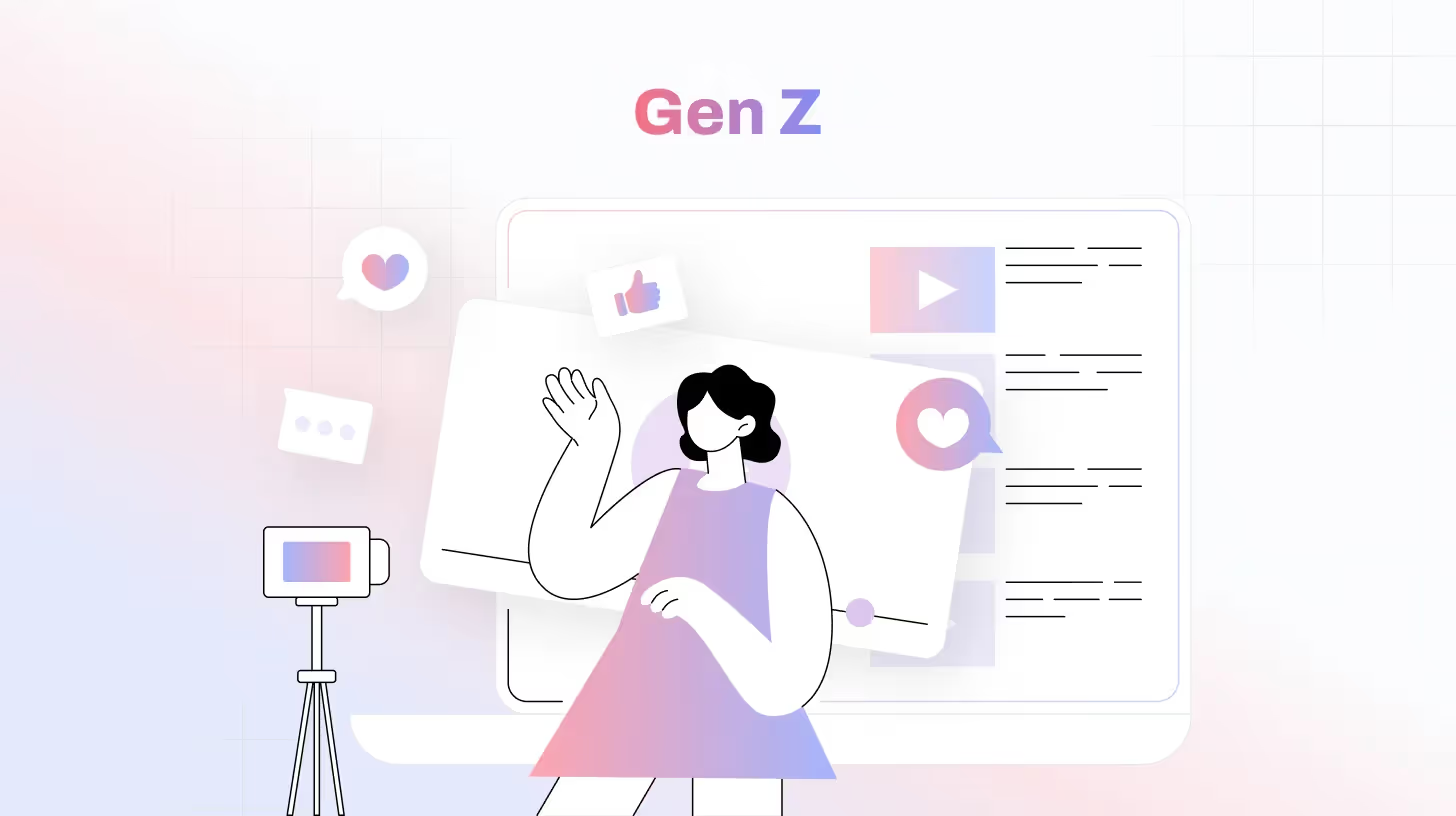
Feedback and Recognition: Millennials vs Gen Z
Feedback can make or break engagement, especially for these two generations.
Millennials: Consistent and Constructive Feedback
Millennials value regular check-ins and structured reviews. They see feedback as a sign of care and a chance to grow, not criticism.
Managers can engage them with monthly one-on-ones, recognition of achievements, and clear goal tracking to keep motivation high.
Gen Z: Real-Time Recognition
Gen Z expects immediate feedback. They’re used to instant notifications and social validation, so waiting six months for a review feels outdated.
They want recognition that’s timely, specific, and authentic. Tools like real-time dashboards, instant peer recognition apps, or short check-ins resonate best with this group.
Job Stability and Career Mobility: Millennials vs Gen Z
Job expectations also differ sharply between the two generations.
Millennials: Stability and Long-Term Growth
Millennials tend to seek security and progression within an organization. They prefer stability, benefits, and clear career ladders where they can see the long-term payoff of loyalty.
Companies can retain them by offering career mapping, internal promotions, and transparent growth paths.
Gen Z: Mobility and Flexibility
Gen Z sees work as a journey of exploration. They’re not afraid to switch roles or even industries if it means personal and professional growth.
This generation values flexibility over permanence. To retain them, create rotational programs, cross-functional opportunities, and skill-based promotions that keep them challenged and inspired.
Read - Customer-Led Growth (CLG): The Future of SaaS Growth
Case Study: Understanding Millennial and Gen Z Engagement, Motivation & Work Models
Background & why this matters
Organizations face the rare situation of managing multiple generations simultaneously. Millennial employees (roughly born 1981–1996) and Gen Z (roughly born 1996–2010) now make up a large share of the U.S. workforce. Both groups are shaped by digitization and economic shocks, but subtle differences in expectations and needs create tangible management opportunities, especially around engagement, development, and hybrid work design. McKinsey & Company
Finding 1: Engagement: younger workers show lower engagement (and greater volatility)
What we observed: U.S. engagement for younger workers (Millennials and Gen Z) has declined in recent years, with Gallup reporting lower engagement scores and notable declines in areas like clarity of expectations, recognition, and development opportunities. This trend matters because disengagement reduces productivity and retention. Gallup
Evidence snapshot: Gallup’s reporting shows younger employees experienced a decline in engagement and increases in ambivalence and active disengagement. Managers’ role in providing clarity and development is repeatedly highlighted as a primary lever. Gallup
Finding 2: Values & motivations: both generations want meaning, but expression differs
What we observed: Deloitte’s Gen Z & Millennial surveys show both cohorts prioritize growth, meaning, and well-being, not just money. Gen Z often emphasizes learning and well-being more sharply, while many Millennials are balancing career progression and life-stage financial responsibilities. Employers who offer development and purpose-driven roles perform better in attraction and retention. Deloitte
Implication: Benefits and employer brand messaging should combine career-path clarity and mission signals (e.g., social impact, sustainability, and L&D pathways).
Finding 3: Work model preferences: Gen Z prefers hybrid (not fully remote) more than assumed
What we observed: Recent Gallup research indicates Gen Z is least likely to prefer fully remote work among age groups; they lean toward hybrid and show an appetite for in-office collaboration more often than older colleagues. This challenges the simplistic narrative that younger employees always want fully remote jobs. Gallup
Implication: Flexible policies that emphasize hybrid routines and structured in-person collaboration days often outperform “fully remote or fully on-site” mandates.
Finding 4: Communication & digital habits: Gen Z are digital natives, but differences aren’t huge
What we observed: Gen Z grew up with social platforms and digital-first communication; they prefer quick, digital channels and frequent feedback. However, HBR warns that generational differences at work are often smaller than managers assume; overstating differences can create self-fulfilling biases. McKinsey & Company
Implication: Standardize communication norms (preferred channels per team), train managers in inclusive communication, and use short-cycle feedback loops.
Finding 5: The “small differences” caveat: don’t overgeneralize
What we observed: Harvard Business Review’s analysis concludes that differences between generations at work are often small and that focusing too much on generational labels can distort managerial decisions. Treat generation as one lens among many (age, life stage, role type, socioeconomics). Harvard Business Review
Implication: Use segmentation by role, career stage, and expressed preferences before applying generational assumptions.
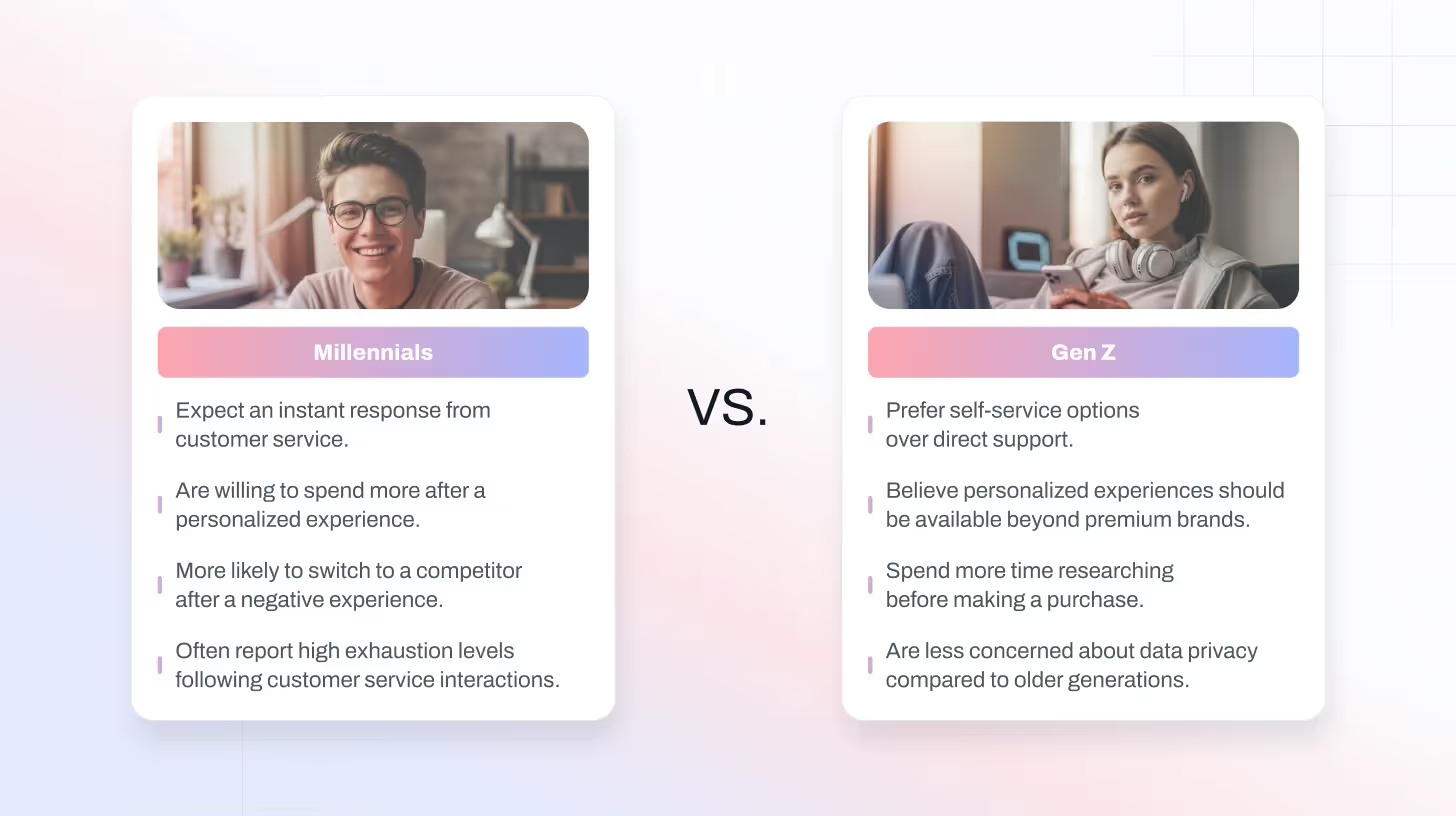
Bridge the Gap Between Millennials and Gen Z with AI-Powered Feedback
Managing a workforce that includes both Millennials and Gen Z means understanding two generations with different goals, values, and ways of working. To keep them engaged, leaders can’t rely on one-size-fits-all surveys or occasional feedback. What’s needed now is real, ongoing conversation, the kind that helps organizations see what’s working, what’s not, and where people need support.
That’s where TheySaid helps. It transforms traditional employee surveys into AI-powered, two-way conversations that feel personal and authentic. Instead of static forms, teams can ask better questions, uncover deeper insights, and act on what really matters to employees.
Companies that listen well lead better.
TheySaid helps you do both.
Learn more at TheySaid
FAQs
What’s the biggest misconception about Millennials and Gen Z?
That they’re too different to work together. In reality, both generations share many values like purpose, flexibility, and growth, but express them differently.
How can companies attract and retain Gen Z employees?
Offer clear growth paths, mental health support, flexible work options, and a sense of purpose. Gen Z looks for transparency, inclusivity, and continuous learning more than just salary or perks.
Is Gen Z harder to manage than Millennials?
Not harder, just different. Gen Z expects open dialogue, feedback in real time, and autonomy. Managers who adapt their approach (more coaching, less control) find Gen Z easier to engage.





.webp)
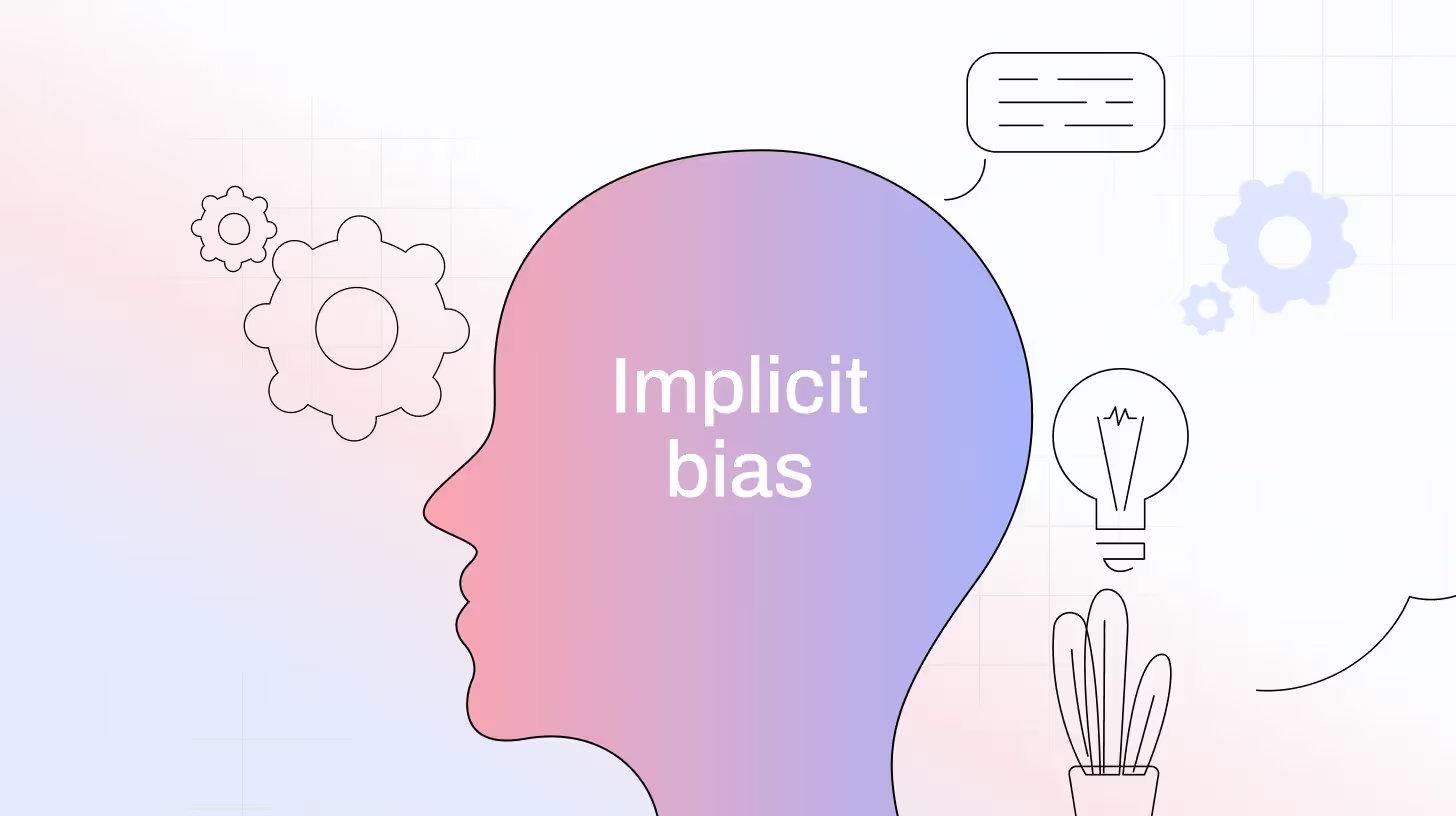
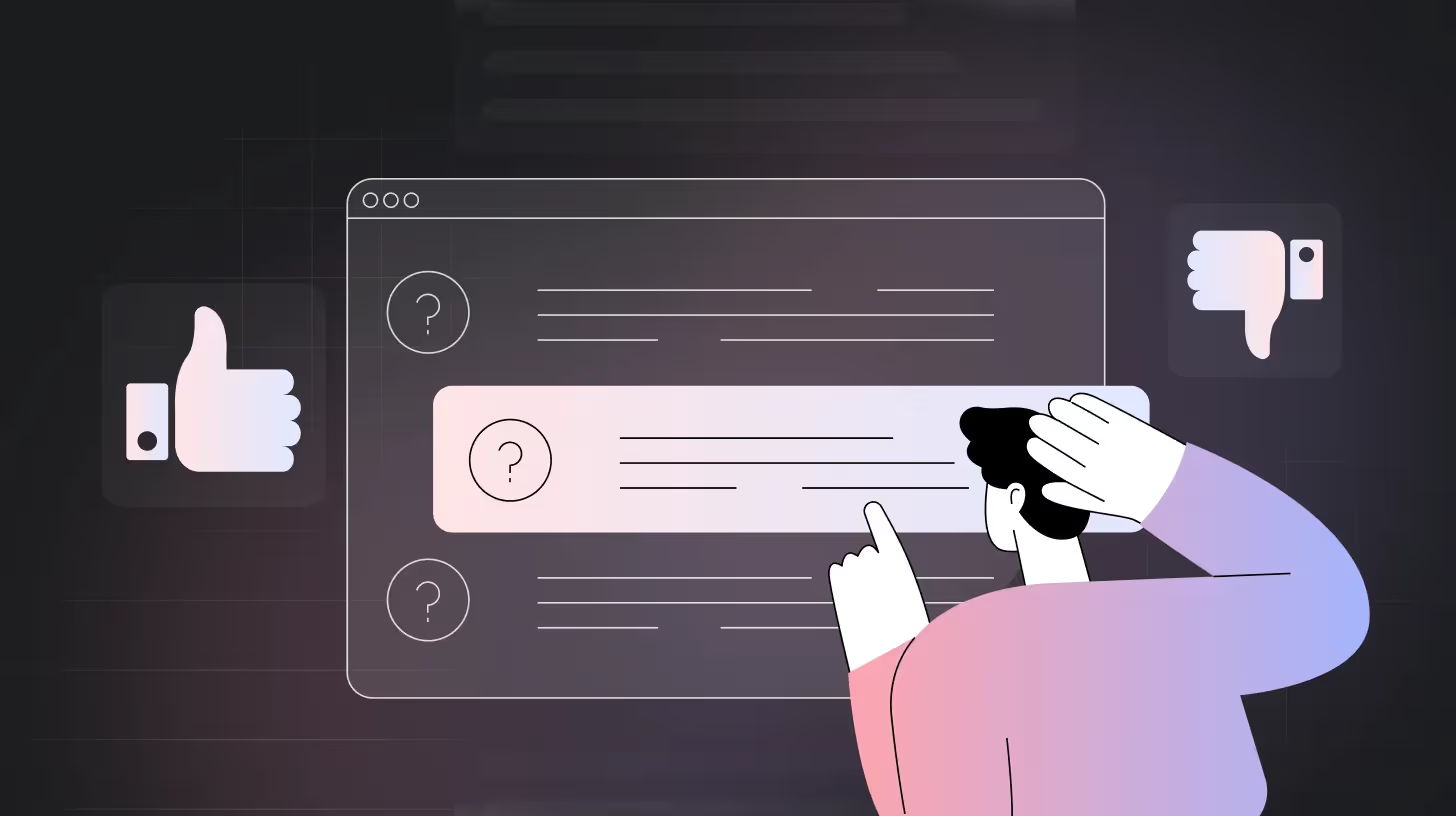







.svg)